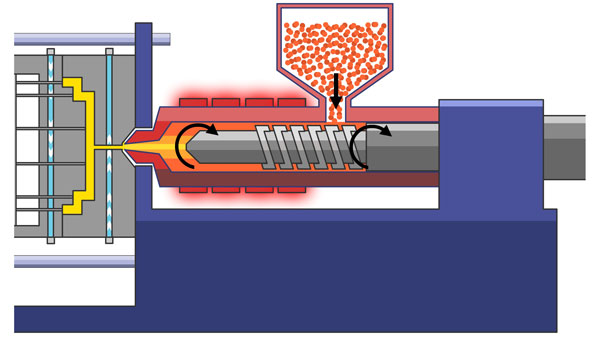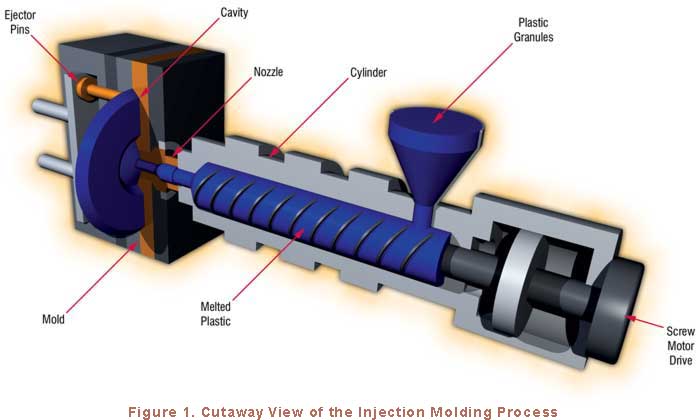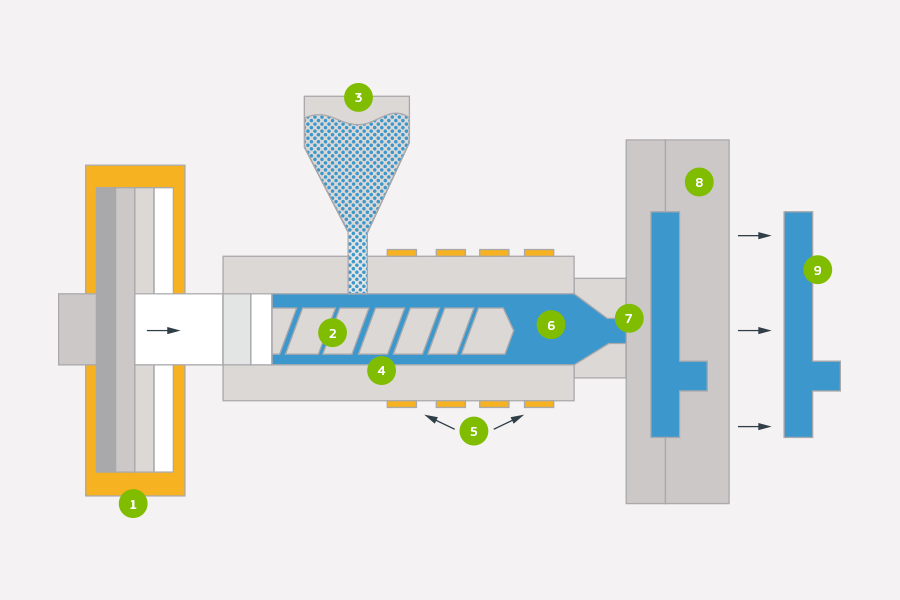Everything about Die Castings
Wiki Article
The Best Guide To Plastic Manufacturing
Table of ContentsThe Ultimate Guide To Manufacturing IndustriesThe Facts About Hon Hai Precision RevealedLittle Known Questions About Plastic Manufacturing.Excitement About Plastic ManufacturingNot known Details About Oem A Biased View of Lean Production
The text on this web page is a sample from our full White Paper 'Injection Moulding for Purchasers' - * Sample message * - for full overview click the download switch over! Intro This overview is meant for people that are aiming to resource plastic mouldings. It provides a much needed insight into all that is included with producing plastic parts, from the mould tool called for to the moulding procedure itself.If you intend to explore even more, the guide covers kinds of mould tools, as well as special completing processes such as colours & plating. Words that are underlined can be located in the glossary in the appendix ... Part I: Moulding: The Fundamentals The Advantages of Shot Moulding Plastic shot moulding is a really specific procedure that provides numerous advantages over various other plastic processing methods.
Accuracy is best for very detailed parts. Contrasted to other strategies, moulding permits you to incorporate even more features at really little resistances. Have a look at the picture to the. You can hold this moulding in the palm of your hand as well as it has bosses, ribs, steel inserts, side cores and holes, made with a moving shut down attribute in the mould device.
Rumored Buzz on Manufacturing Industries


Additive Manufacturing Fundamentals Explained
from material feed Product melting; material injection; shot time cooling down ejection to the re-closing of the mould tool ready device all set next cycle. Draft angles - The walls of a moulded component must be a little tapered in the instructions in which the component is ejected from the mould tool, to permit the component to be ejected conveniently.Ejector stroke - The pressing out of ejector pins to eject the moulded component from the mould tool. Ejector stroke speed, size as well as timing needs to be carefully regulated to stop damages to the ejectors as well as mould tool, however at the very same time make the moulding cycle as short as feasible.

The 4-Minute Rule for Mfg
Ribs - When a plastic part has slim wall surfaces, ribs are included to the design to make the thin wall surfaces more powerful Side cores - Side action which produces a feature on a moulded part, at an opposing angle to the typical opening instructions of the mould device. oem. The side core needs to be able to retract as the plastic component can not be ejected otherwise.
Wall surfaces - The sides of a moulded part The message on this web page is a sample from our complete White Paper 'Injection Moulding for Buyers'.
Production process for producing parts by infusing molten material right into a mould, or mold see Streamlined diagram of the procedure Injection moulding (united state spelling: shot molding) is a manufacturing procedure for creating components by injecting molten product into a mould, or mold and mildew. Injection moulding can be performed with a host of materials mostly consisting of metals (for which the procedure is called die-casting), glasses, elastomers, confections, and the majority of frequently thermoplastic and thermosetting polymers. Injection moulding is extensively utilized for making a variety of components, from the smallest components to whole body panels of autos. Developments in 3D printing technology, making use of photopolymers that do not melt during the shot moulding of some lower-temperature thermoplastics, can be used for some straightforward injection moulds. Injection moulding utilizes blog a special-purpose equipment that has three parts: the shot unit, the mould as well as the clamp.
The Only Guide for Die Casting
, with the volume used of the former being significantly higher.: 13 Thermoplastics are prevalent due to features that make them extremely ideal for injection moulding, such as convenience of recycling, adaptability for a wide selection of applications,: 89 and capacity to soften and stream on home heating.In several dental caries moulds, each tooth cavity can be similar as well as create the same parts or can be distinct as well as develop several various geometries throughout a solitary cycle.
The screw delivers the raw product forward, mixes as well as homogenises the thermal and also thick circulations of the polymer, and reduces the required heating time by mechanically shearing the material and adding a significant amount of frictional heating to the polymer. The material feeds forward through a check valve and collects at the front of the screw into a volume known as a shot. When enough material has actually collected, the product is required at high pressure and velocity right into the component developing dental caries. The precise amount of shrinkage is a feature of the resin being used, and can be reasonably predictable. To prevent spikes in stress, the procedure usually utilizes a transfer setting representing a 9598% complete tooth cavity where the screw shifts from a consistent speed to a continuous pressure control.
Rumored Buzz on Die Casting
The packing pressure is applied up until the entrance (tooth cavity entryway) solidifies. Due to its small size, the gate is usually the very first area to solidify with its entire thickness.: 16 Once the entrance solidifies, no even more product can enter the tooth cavity; accordingly, the screw reciprocates and acquires material for the following cycle while the material within the mould cools down so that it can be expelled and also be dimensionally stable.Report this wiki page